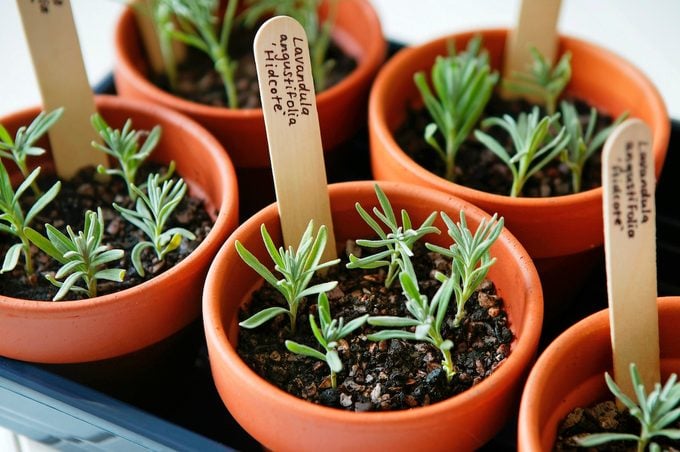Plant Propagation: How to Multiply Your Plants for Free
Updated: Sep. 14, 2023
Save money and get more plants for free! Follow these plant propagation steps and learn how to make plant cuttings.

If you like to save money, you’ll love the idea of rooting stem cuttings. And it’s pretty simple—find a straight species, an older cultivar or plant not under a patent, clip off a juvenile section of the plant’s stem, then coax roots to grow from it. Just think, you can clone as many examples of the mother plant as you wish for the cost of potting medium and a jar of rooting hormone.
“Because many plants root readily from cuttings, this is one of the most popular forms of plant propagation, especially for trees, shrubs and vines,” says Justin Hancock, horticulturist at Costa Farms. “Propagating with cuttings doesn’t usually interfere with the plants’ growth, and you don’t need to worry about pollinating a flower and waiting for the seeds to ripen—or digging up the plant to take root cuttings.”
Stem cuttings can be taken in spring, summer or fall, depending on the species. Pliable spring cuttings are called softwood cuttings. Semi-hardwood cuttings are a little more rigid and are gathered in late summer. Finally, hardwood cuttings are taken when plants are dormant in late fall or winter, stored for the cold months, then rooted the following spring. Check out the top 10 plants to grow from plant cuttings.
The benefits of rooting cuttings versus starting from seed? “It gives you an exact clone of the one you propagated from,” Justin says. “Seeds, because they’re a combination of the mother and father plants’ DNA, usually provide some variation.” Depending on the species, stem cuttings also give you a bigger plant, faster. You can also grow succulents from cuttings.
How to Root a Softwood Cutting
- Remove leaves from the bottom half of the stem. This reduces moisture loss while leaving some foliage for photosynthesis.
- Coat the base of the stem in rooting hormone to help stimulate root growth and reduce rot.
- Insert the bottom inch of stem with the rooting hormone into a premoistened mix of half peat moss and half vermiculite. Firmly tamp soil around the stem.
- Mist stem and leaves with a spray of water, then loosely place a clear plastic bag over the plant to increase humidity.
- Place the covered plant 6 inches below a fluorescent light. Remove the plastic cover and transplant when roots are coming out of drainage holes or pressing against the sides of the container.
Plants to Propagate by Cuttings
- Abelia
- Beauty bush (Kolkwitzia)
- Bittersweet (Celastrus)
- Cassiope
- Chaste tree (Vitex)
- Chocolate vine (Akebia)
- Cotoneaster
- Crape myrtle (Lagerstroemia)
- Deutzia
- Flowering quince (Chaenomeles)
- Fothergilla
- Heavenly bamboo (Nandina)
- Lantana
- Lavender
- Madagascar dragon tree (Dracaena marginata)
- Serviceberry (Amelanchier)
- Smokebush (Cotinus)
- St. John’s wort (Hypericum)
- Summersweet (Clethra)
- Plumbago
- Virginia sweetspire (Itea)
- Witch hazel (Hamamelis)
